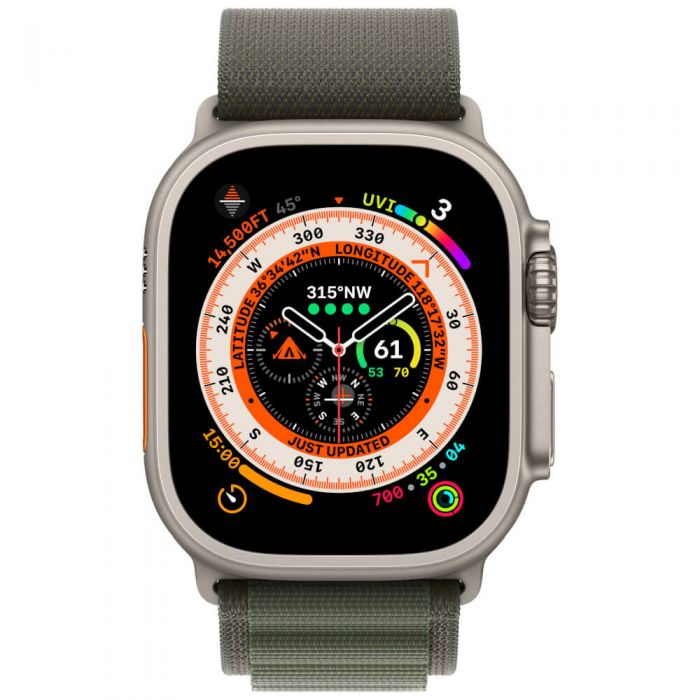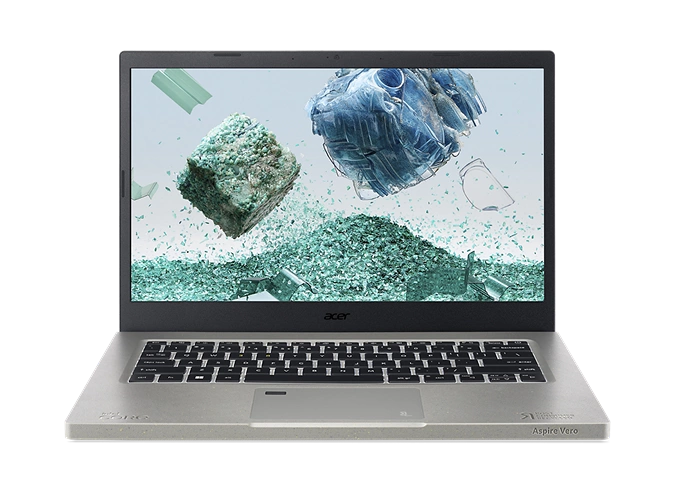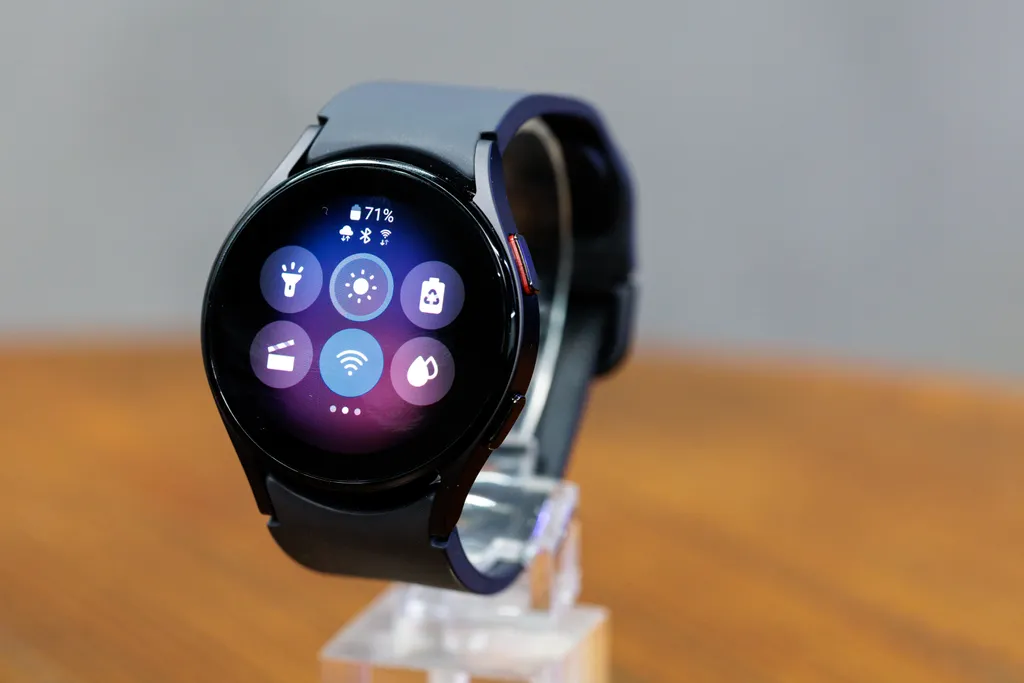There is style and a sense of quality in the latest phone from Nokia, Nokia X30. But it lacks the performance and features we hoped for.
HMD’s Nokia mobiles have had a hard time attracting attention lately. There has been a focus on budget mobile phones and perhaps a single model in the price-pressured middle class, some good, some less good, but none directly interesting. This autumn, they have invested in a series of mobile phones that stand out with a green eco-profile. They are made from partially recycled materials, and the top model among them, the Nokia X30, is the most recycled of them all.
One hundred percent of the phone’s aluminum and 65 percent of the plastic are said to be recycled raw materials. It’s not exactly a Fairphone 4, which uses 100 percent recycled plastic, which also extends its lifespan with module-based upgrades. But it is certainly a step in the right direction.
Another way that gives the phone a green profile is the packaging, which is completely plastic-free. If you buy the X30 directly from Nokia’s webshop, you also get a small bonus for your green conscience, as they promise to plan a bunch of trees in your honor.
No charger, good charger support
Nokia also does like Apple and Samsung – they skip chargers in the package. It is good for both reduced transport volume and electronics manufacturing. But it can of course be a minus if you don’t have a suitable charger to use for it. Here, however, the manufacturer does an excellent job of ensuring that the X30 supports all important charging standards, Quickcharge 3.0, Usb Power Delivery 3.0 and PPS, with power up to 33 watts for all of them.
The last way Nokia wants to profile the X30 as green is that it will be “built to push the limits of smartphone life”. What that means is three years of Android updates, three years of security updates and three years of warranty. Only the last of the three things feels convincing.
The phone ships with Android 12 instead of 13. Three years on it isn’t bad, but far from market leading. As always, you get almost pure Android experience in your Nokia mobile. For some reason Nokia throws in a bunch of free third-party apps pre-installed, like Spotify, Linkedin, Netflix, Expressvpn, Amazon and Gopro Quik. Apps you could just as easily download yourself if you wanted. They even boast about it as a feature on their web. Don’t ask us why. But they are easy to ignore or uninstall completely.
Is the Nokia X30 otherwise a good mobile? Yes, it is not completely uneven. This is the most lavish and luxurious Nokian in a long time, with premium build quality, quality components and stylish design. But it is mid-range performance and the same level of camera and many other functions in the mobile phone.
It has a price accordingly. At Nokia it is sold for $569, but it can be found cheaper in many stores. The model we tested has eight gigabytes of RAM and 256 gigabytes of storage. It is the only model that Nokia itself sells in its store, but there is also a model with six gigabytes of RAM and 128 gigabytes of storage at some retailers. They are otherwise identical.
The system chip in the mobile is the Snapdragon 695, which has about half the CPU performance of this year’s most powerful Android mobiles, which will get you very far in everyday use. However, the graphics in the circuit are further behind, it is not as good for playing games as some other mid-range mobile phones. Sure it works, but don’t expect smooth or high frame rates in all games.
The frame around the mobile is in matt aluminium. The back, with matte plastic with a high premium feel, and a nicely raised camera housing in one corner give the phone an eye-catching style. It is waterproof with an ip67 rating, which means that it can withstand a short dip down to a depth of one meter, but you should not deliberately swim with it. You unlock the phone with a fingerprint reader in the screen, but it is unfortunately frustratingly slow and has difficulty recognizing the fingers we test, both during registration and during regular use.
Approved picture, failed sound
The front of the phone is covered by raised Gorilla Glass Victus. Behind it sits an amoled screen with 1080p resolution. It has acceptable, but not extreme, peak brightness up to approximately 700 cd/m 2 , as well as frame rate that can switch automatically between 60 and 90 Hertz. Not the very best in terms of screen right now, but passed in the middle class. Above all, it delivers the right colors and contrast. We also have no complaints about the touch control, which seems responsive and direct.
The phone only has one speaker located at the bottom, and thus it is only mono sound if you want to play movies. However, the sound is perfectly fine, so it’s really a shame that another speaker wasn’t installed. It’s a clear minus, stereo feels like a mini-requirement in 2022. You can connect headphones with usb c or Bluetooth, the 3.5 millimeter headphone jack has also been scrapped.
This is the first Nokia mobile whose camera has received the Pureview epithet since the Nokia 9, the phone from 2019 with as many as five cameras on the back. Here it is a more traditional camera setup, a main sensor with both a large area and 50 megapixels, and a simpler wide-angle camera of 13 megapixels. The camera is powered by a new app, which makes it easy to access more settings instead of having to wade through complicated menus. It’s appreciated.
Too much sharpness?
The main camera shoots sharp, fast and reliable in daylight, with consistently true-to-life colors and dynamics. In standard mode, it uses 4-to-1 pixel binning for 12.5-megapixel photos, but it can also shoot at full 50-megapixel resolution. In both cases, there is some post-processing with an aggressive sharpening filter, which leaves an annoying shadow effect around high-contrast details if we digitally zoom in images.
Up to 2x digital zoom looks okay, but after that it becomes very noticeable. Manually cropping and enlarging photos afterwards is out of the question.
When shooting at night, the images have a slightly too warm tone, but otherwise have fine shades and an approved level of detail. You get three night photo modes, an automatic one that kicks in in evening light and gives longer exposures, an efficient mode called Dark Vision, designed for dark rooms without things like street lights, and tripod mode, intended for if you can hold the phone steady. It dampens image stabilization in favor of extra light intake.
Here we are impressed by the very good HDR function for dark surfaces such as the night sky. Even with the usual night mode, it brings out stars in the night sky, which we usually cannot capture with a mobile camera. They even become clearer than what we can see with the naked eye. However, it is not that fast, you need a steady hand or a tripod.
Worse control in swimming lights
Unfortunately, the camera is not as good at handling twilight light as it is at handling night light. If it is semi-dark indoors or outdoors, it is eager to switch on a long exposure mode when it is not really needed. Filming with the Nokia X30 is also disappointing. If you want any image stabilization, you can film at most with 1080p in 30 Hz. Without stabilization, you can film as in 1080p with 60 Hz. It could be a consequence of the processor not being that fast.
The wide-angle camera delivers photos with fine sharpness and detail in the center of the image, but loses some of that towards the edges. It has to do with the camera using both lenses to take in more image information. In the evening and at night, the wide angle doesn’t really keep up and spreads in color temperature and gets smeared details.
The selfie camera, on the other hand, gets the thumbs up for Nokia. It takes reliable pictures in all situations and gives us more stable image stabilization than the main camera when filming. A new ai-powered portrait function provides beautiful bokeh effect with high precision on selfies.
The X30 has a 4,200 mAh battery. You get one to a couple of days of sporadic use, or between 15 and 20 hours depending on how intensively you work and have the screen set. In a mobile phone with heavier performance, we would have warned about energy-sucking camera use or gaming, but since such things are slower here, the power load is usually lower.
Can Nokia once again take its place in the fine room of mobile phones with the X30? Well. It makes an ambitious attempt, but falls short on some features and details that could have been better. It is, after all, a mid-range mobile – and in its class there are several competitors who do a better job of standing out and offering something extra.
Nokia X30 Performance
Antutu Benchmark : 405,444 points
Geekbench 5 : 1,932 points
Geekbench 5 single core : 673 points
Geekbench 5 compute : 1,396 points
3dmark Wild Life : 1,217 points



